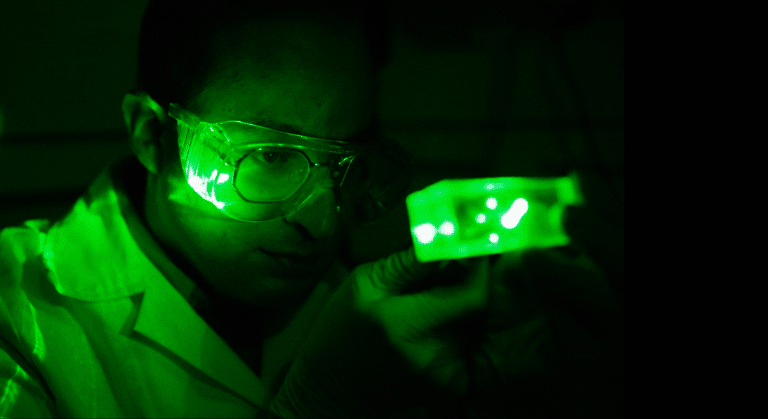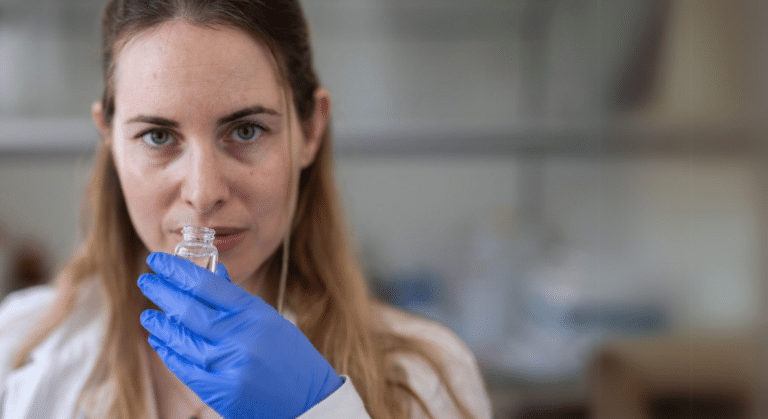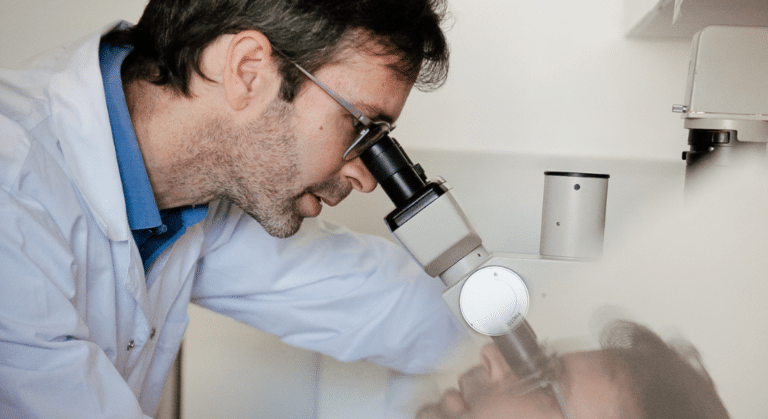Like all living things, plants need water. Rain falls from the sky and seeps into the ground, where root networks absorb the water. As it moves through the plant’s anatomy, water helps distribute organic material and plays a critical role in photosynthesis. Powered by the sun’s energy, photosynthesis maintains the oxygen levels essential for human and animal life and underpins the growth of fruits and vegetables.
While this system is remarkable, it is not entirely efficient. Less than 5 per cent of the water absorbed by plants contributes to cell expansion and growth, with the majority being released as water vapour, a process known as transpiration. When the stomata — tiny pores on the leaf ’s surface — open to allow carbon dioxide entry for photosynthesis, an estimated 400 water molecules are lost for every carbon dioxide molecule absorbed.
Transpiration, however, is vital to protect leaves from overheating and to ensure the continuous movement of water and nutrients from the roots to the leaves. Could improving water use efficiency — by reducing excessive transpiration without compromising nutrient uptake — offer a pathway to developing hardier crops? Could this be a way, asks plant physiologist Hermann Prodjinoto, to help feed millions of people whose survival depends on crops that are susceptible to drought?
Prodjinoto, an Azrieli International Postdoctoral Fellow at the Hebrew University of Jerusalem (HUJI), thinks a lot about water — and tomatoes. The most widely harvested fruits on the planet, tomatoes are cultivated in nearly every country, including Prodjinoto’s native Benin in West Africa. They are also an incredibly valuable agricultural product, with a global market worth more than $178 billion USD in 2023. And from a scientist’s perspective, this member of the Solanaceae family is a model species to study because of its biological and genetic similarities to relatives such as peppers, eggplant and potatoes.
To enhance water-use efficiency in tomatoes, particularly under stress conditions such as drought and salinity, Prodjinoto is focusing on aquaporins. These proteins, often referred to as “water channels,” regulate the movement of water molecules through cell membranes, playing a vital role in maintaining water balance. This “plumbing system” was only identified in 1992, a discovery that earned Peter Agre the 2003 Nobel Prize in Chemistry.
“While we have made significant progress in understanding the role of aquaporins in water transport and stress responses,” says Prodjinoto, “there is still much to uncover about their precise molecular and physiological functions in plants. If we can learn more about the roles they play, we can use that knowledge to grow food more efficiently under challenging conditions. Aquaporins are a critical component in improving water-use efficiency.”












